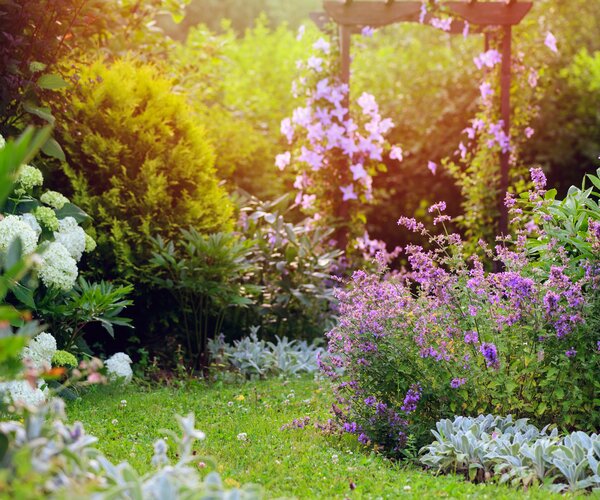
The phenological calendar - the 10 seasons of nature
We divide the year into four seasons, but there is an even finer division into ten seasons, which is biologically based and depends on the phenomena in nature. These occur at different times each year, depending on the development of the plant world. We therefore distinguish between the astronomical or calendar seasons and the phenological seasons. Here you can find out which seasons we are talking about and how you can utilise this classification in your garden.

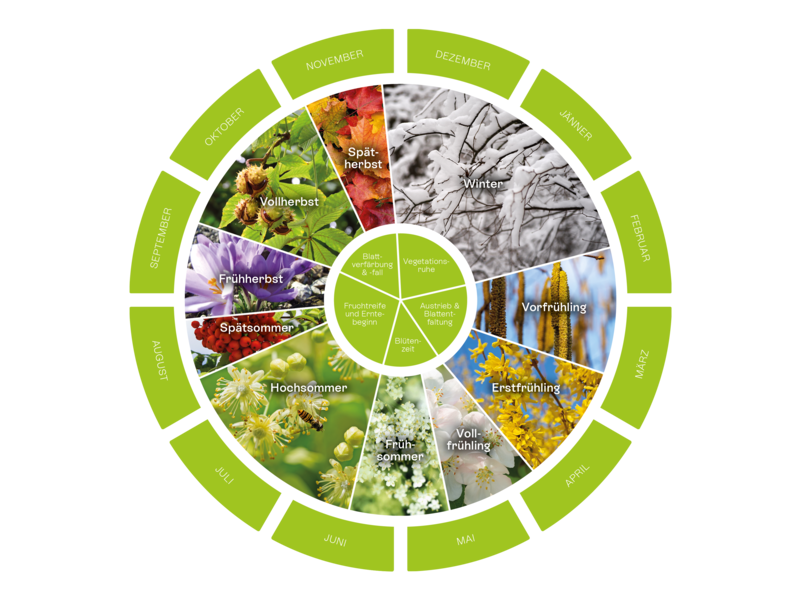
A calendar that's always right!
In contrast to the calendar seasons, the phenological seasons cannot be determined to the exact day, as they are based on developments in the plant world. This means that the phenological spring does not begin on 20 March like the calendar season, but as early as the end of February. This does not mean that our calendars are not correct - but for the desired success in the garden, it can make sense to be guided by biology and not by a date. But what seasons is this particular calendar divided into and how can you recognise them? Each phenological season has certain indicator plants that tell us exactly when the time has come!
Early spring
In early spring, the hazelnut begins to blossom and the characteristic indicator plant, the snowdrop, emerges from the ground. It's time to start peppers, chillies and tomatoes on the windowsill. Early spring ends with the flowering of the willow.
Time: end of February
Early spring
Nature is now really waking up from its winter slumber. Birch trees are turning their first leaves and early spring begins with the flowering of the forsythia. The meadows are also turning green again and it is becoming noticeably spring. The perfect time for pruning roses and preparing the beds in the vegetable garden.
Time: mid/end of March
Full spring
The apple trees are in full splendour: flowering begins and full spring is finally here! The lilacs are also in bloom and the potatoes are sprouting. The coldest nights are over, frost is no longer a threat and all warmth-loving vegetables can be planted in the beds.
Time: mid/end of April
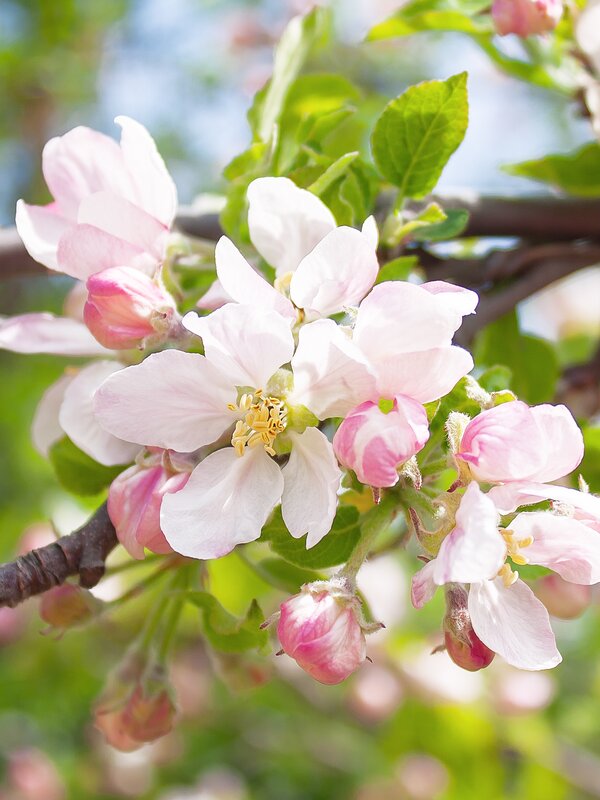
Early summer
When the elderflower blossoms, early summer arrives. The first hay is mown and the first harvests can also be harvested from the vegetable garden. The salad patch is literally bursting at the seams and you will soon be able to pick your own strawberries.
Time: mid/end of May
Midsummer
The summer lime tree is the indicator plant for midsummer. Currants are ripening and the grain is being threshed. The vegetable garden is now in full splendour: fruiting vegetables such as tomatoes, courgettes and peppers are ready to be enjoyed.
Time: mid-June
Late summer
The ripening of the crab apples heralds the start of late summer. The rowanberries are also ripening now and there is still plenty of room for replanting in the vegetable patch. Mountains of tomatoes and courgettes are now ready to be processed.
Time: Beginning of August
Early autumn
The poisonous autumn crocus is in bloom, signalling the start of early autumn. The elderberries are ripening and we are in the middle of the fruit harvest. The first cold nights draw in and the pumpkins can be harvested.
Time: End of August
Full autumn
Full autumn begins when the horse chestnuts ripen. With it, the leaves slowly change colour and the potato harvest also takes place.
Time: End of September
Late autumn
The leaves fall from the trees and the needles of the larch turn yellow: this is the beginning of late autumn. It marks the end of the growing season, as the first night frosts can now occur and temperatures also fall steadily during the day. However, this does not mean that the vegetable garden has gone to sleep, as the time for root vegetables begins and all kinds of cabbage varieties become more digestible and flavourful with every cold day, as more sugar and characteristic mustard oil glycosides are produced by the plant.
Time: Beginning of November
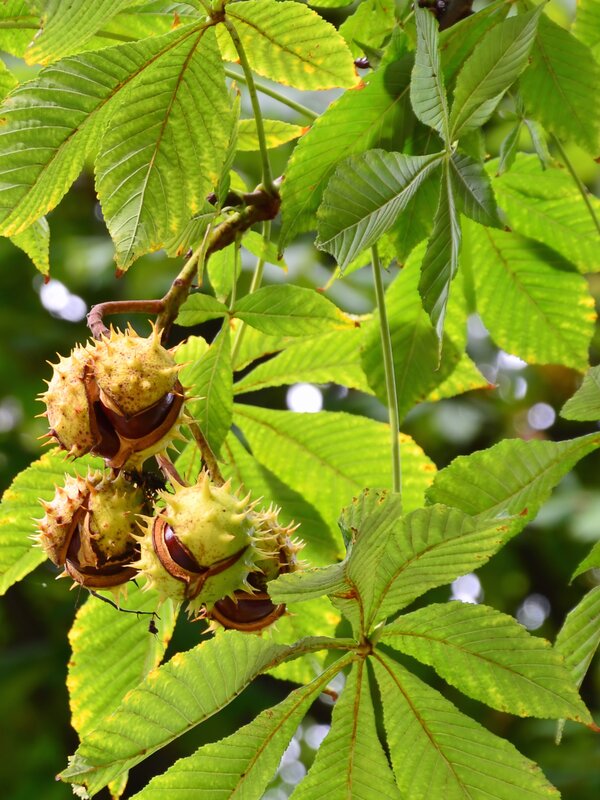
Winter
Phenological winter describes the time between the end of the growing season and the beginning of early spring. Nature is now in dormancy mode (with a few exceptions among the wild herbs). In the vegetable garden, lettuces, cabbages, leeks and other frost-resistant vegetables can also be harvested in winter. Otherwise, enjoy the peace and quiet at this time of year and put your feet up, as nature shows us how to do.
Time: End of November
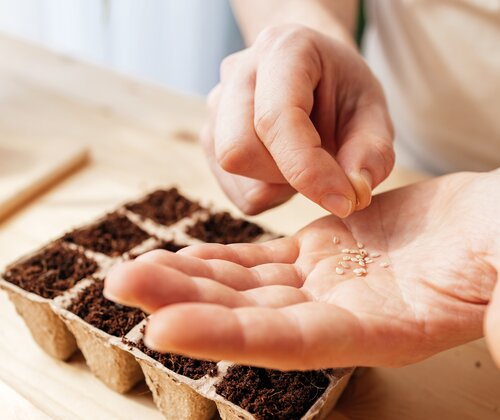
February marks the start of young plant cultivation for chillies and peppers, followed by tomatoes in March and, a little later in April, courgettes, cucumbers and pumpkins. A successful start is crucial for the healthy growth of plants. These tips will increase your germination success.

Katharina Sützl sees self-sufficiency as a comprehensive concept that includes one's own garden as well as one's own body and a functioning network. When she started baking bread in 2008, she had no idea that ten years later she would be offering various courses on bread baking, self-sufficiency and other topics. The Salzburg native always emphasises the appreciation of nature and food and gives practical tips on how self-sufficiency can succeed.
